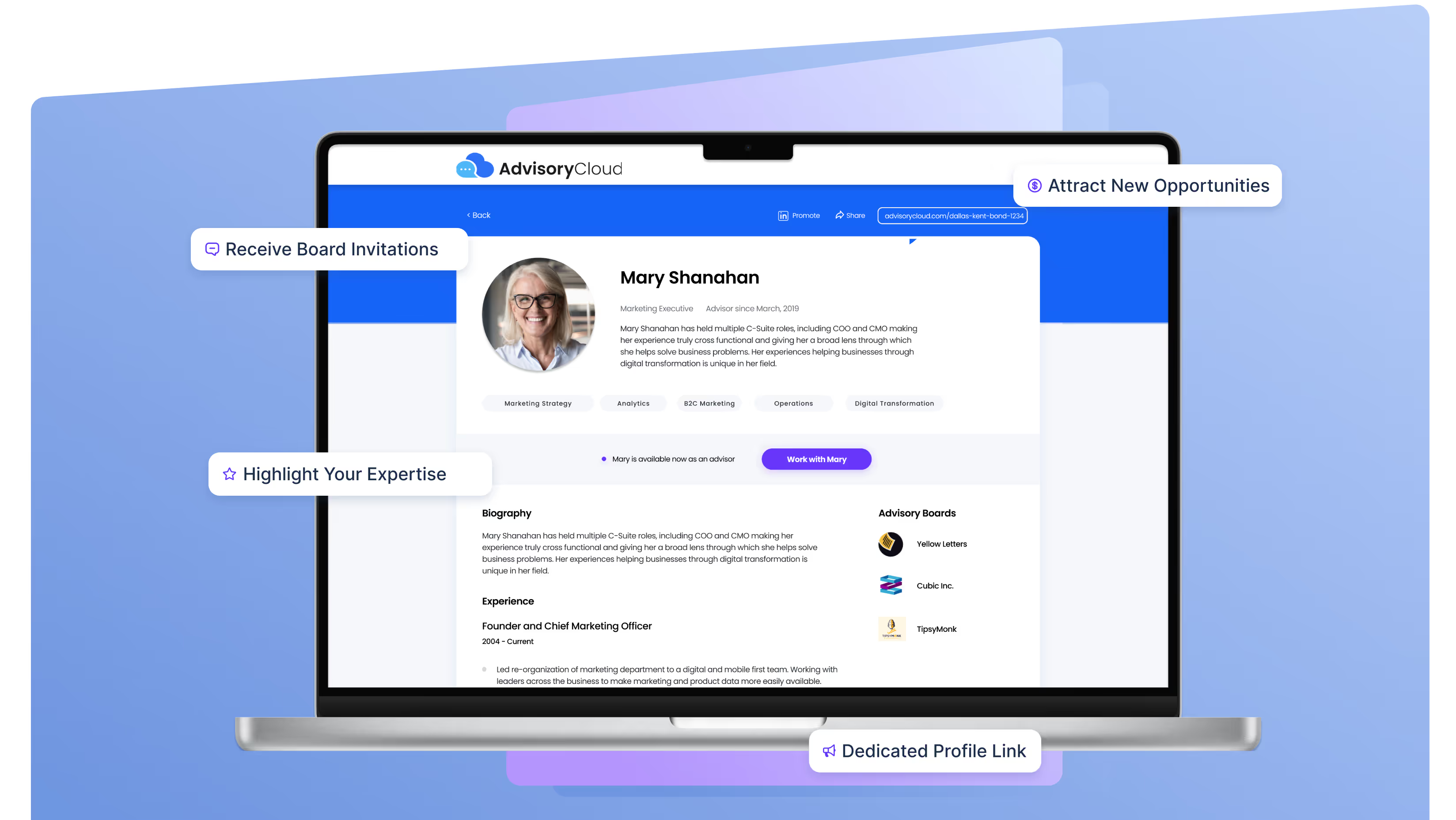March 6, 2023

What is leadership development and why you need it at your company.
Leadership development is a term used to describe the systematic process of growing, developing and supporting leaders in an organization. It is an important part of any organization's success, as strong leaders help foster positive working environments, bring out the best in their team members, and make important decisions that further the aims of the business. Leadership development can provide tremendous benefits to companies by helping them stay competitive and productive. In this article, we'll explore what leadership development is, why it's important, and how to create a successful leadership development program in your company.
An Overview of Leadership Development
At its most basic level, leadership development is process of growth and development of an individual in order to become a capable and effective leader. This involves teaching and honing skills such as problem-solving, communication, decision-making, and interpersonal relationships in order to empower leaders to lead with excellence. A leadership development program typically involves activities such as seminars and workshops, online trainings, mentoring programs, and activities focused on self-improvement. Leadership development may also include performance reviews and assessments to evaluate existing capabilities and set goals for future improvement.
Leadership development is an ongoing process that requires commitment and dedication from both the leader and the organization. It is important to create an environment that encourages learning and growth, and to provide the necessary resources and support to ensure that the leader is able to reach their full potential. Additionally, it is important to provide feedback and recognition to the leader in order to reinforce positive behaviors and motivate them to continue to strive for excellence.
Leadership development is an important part of any organization, as it helps to ensure that the organization has capable and effective leaders who are able to lead with confidence and competence. By investing in leadership development, organizations can create a culture of excellence and ensure that their leaders are equipped to handle the challenges of the future.
Defining Leadership Development
Leadership development is commonly defined as the systematic process of building the knowledge, skills, attitudes and abilities of individuals for the purpose of successfully performing their roles in order to meet strategic business goals. The goal of leadership development is to improve both the effectiveness of an organization’s leadership team and their capacity to unify their followers.
Leadership development is a continuous process that involves identifying and addressing the needs of the organization, as well as the individual. It is important to recognize that leadership development is not a one-time event, but rather an ongoing process that requires ongoing assessment and evaluation. Leadership development should be tailored to the individual, as well as the organization, to ensure that the development is effective and relevant.
Leadership development should also be focused on developing the individual’s capacity to lead, rather than simply teaching them the skills and knowledge necessary to do their job. This means that leadership development should focus on developing the individual’s ability to think critically, solve problems, and make decisions. It should also focus on developing the individual’s ability to motivate and inspire others, as well as their ability to build relationships and foster collaboration.
Benefits of Leadership Development for Your Company
Leadership development can bring many benefits to an organization. It can equip employees with the necessary skills to be effective leaders, while giving them the motivation to lead with excellence. It can also help shape positive organizational cultures that promote employee engagement. Additionally, strong leaders can provide valuable insight into customer relationships and emerging industry trends, leading to organizational growth. Lastly, leadership development can make organizations better equipped to respond to pressures from competition and technological changes.
Leadership development can also help to create a more cohesive team environment. By providing employees with the tools to become better leaders, they can learn to work together more effectively and efficiently. This can lead to improved communication, collaboration, and problem-solving, which can ultimately result in increased productivity and profitability. Additionally, leadership development can help to foster a sense of loyalty and commitment among employees, which can lead to improved morale and job satisfaction.
Linking Leadership Development to Business Goals
Leadership development should be aligned directly with the specific goals of each organization. For example, some companies may prioritize developing their existing employees into better leaders, while other companies may focus on recruiting new leaders from outside sources. In either case, it’s important to connect leadership development initiatives to existing business objectives so that these initiatives can have a clear, measurable impact on the organization.
When developing a leadership development program, it is important to consider the organization’s current and future needs. This includes understanding the skills and competencies that are needed to achieve the organization’s goals, as well as the resources available to support the program. Additionally, it is important to consider the organization’s culture and values, as these will influence the type of leadership development program that is most effective. By taking the time to understand the organization’s needs and objectives, leadership development initiatives can be tailored to meet the organization’s specific goals.
Identifying and Developing Future Leaders
Identifying potential future leaders early on is essential for the success of any leadership development program. To uncover these individuals, conducting assessments such as interviews, surveys, and group activities can help managers gain a better understanding of employee skills and leadership potential. Additionally, providing employees with opportunities to develop their leadership skills through mentorships, internal training programs, and other activities is a great way to cultivate future leaders.
It is also important to recognize the importance of diversity when identifying and developing future leaders. Having a diverse group of leaders can help to create a more inclusive and innovative workplace. Additionally, providing employees with access to resources and support to help them develop their leadership skills can help to ensure that all employees have the opportunity to reach their full potential.
Assessing the Need for Leadership Development at Your Company
The first step in designing a successful leadership development program is to assess existing skills checkpoints in your organization. This assessment can involve a variety of factors such as performance and engagement levels among employees, future plans for individual career paths, organizational challenges that require leadership solutions, competencies your current leaders bring to their positions, and more. This information should be used to identify what areas of further improvement will bring the greatest success.
It is also important to consider the current culture of the organization and how it may need to be adjusted to support the development of leadership skills. This could include changes to the organizational structure, the introduction of new processes and procedures, or the implementation of new technologies. Additionally, it is important to consider the resources available to support the development of leadership skills, such as training programs, mentorship opportunities, and other forms of support.
Creating a Leadership Development Program
Once you have identified what areas need improvement within your organization, you can begin designing a leadership development program tailored to fit your company’s needs. This includes creating a roadmap that takes into consideration time and resources available as well as delivering tools and activities that can best cultivate desired outcomes. Additionally, using informal as well as formal methods such as interactive sessions, hands-on activities, networking events, and mentoring can help create a well-rounded leadership development program.
When creating a leadership development program, it is important to consider the different learning styles of the participants. This can be done by providing a variety of activities that appeal to different types of learners. For example, some people may prefer to learn through lectures and discussions, while others may prefer to learn through hands-on activities or simulations. Additionally, it is important to provide feedback and support throughout the program to ensure that participants are able to apply the skills they have learned.
Finally, it is important to measure the success of the leadership development program. This can be done by tracking the progress of participants and assessing the impact of the program on the organization. This will help to ensure that the program is meeting its goals and objectives and that it is providing the desired results.
Implementing a Leadership Development Plan
Once you have designed your leadership development program, it is time to begin implementation. First, communicate the plan clearly so everyone in the organization understands its goals and expectations. Additionally, enlisting support from top management is essential in creating an environment where leadership development is encouraged. Lastly, ensure that proper feedback loops are in place so that progress can be tracked and improvements made where necessary.
Measuring the Success of Your Leadership Development Program
Evaluating the success of your leadership development program should be done on an ongoing basis to ensure that it is achieving its desired objectives. Regular assessments such as surveys, interviews and performance reviews should be conducted to identify areas that need improvement. These metrics help determine which aspects of your program are working well and where improvements are needed.
Tips for Making the Most of Your Leadership Development Program
Designing a successful leadership development program requires careful planning and thought. Here are a few tips for making the most of your program:
- Create clear objectives for each program activity.
- Use existing employees as mentors whenever possible.
- Provide support beyond just training.
- Encourage participants to share their experiences.
- Offer incentives that reinforce desired behaviors.
- Prioritize development opportunities for those most likely to benefit.
Finding the Right Resources and Solutions to Support Your Leadership Development Program
Having access to the right resources and solutions is essential for ensuring that your leadership development program is successful. Collaborate with vendors who are knowledgeable about the skills needed and the challenges faced when developing leaders in your organization. Consider leveraging technologies such as e-learning platforms or cloud-based software solutions that provide data-driven insights into how your program is performing. These resources can provide valuable information that can help inform decisions about your program’s effectiveness.
Leadership development is an essential part of any successful company. By focusing on building strong leaders who are equipped to effectively manage their teams, companies can increase productivity, develop employees’ skillsets, stay competitive in their industries, and achieve organizational growth. Investing in leadership development is an investment in your organization’s future, making it an important consideration for any business looking to succeed in today’s competitive landscape.
See what boards you match with.
See what you qualify for with our 2-minute assessment.


Similar Articles

August 20, 2025
What every CIO needs to do in their first 100 days.
August 20, 2025
The Top 10 Mistakes that CEOs Make
August 20, 2025
The 8 Qualities of high performing CEOs
August 20, 2025
Setting Non-Financial Goals for Career Success
August 20, 2025
How to Choose the Right Mentor: A Comprehensive Guide
August 20, 2025
How to become a business advisor as a VP of Marketing
August 20, 2025
How to Become a Board Member: A Step by Step Guide
August 20, 2025
How networking with your executive peers will help you grow.
August 20, 2025
Do You Need a Sponsor or Mentor to Advance Your Career?
August 20, 2025
Achieving Tech Career Goals for Mid-Career Professionals
August 20, 2025
5 Ways to develop as a leader in your role.





